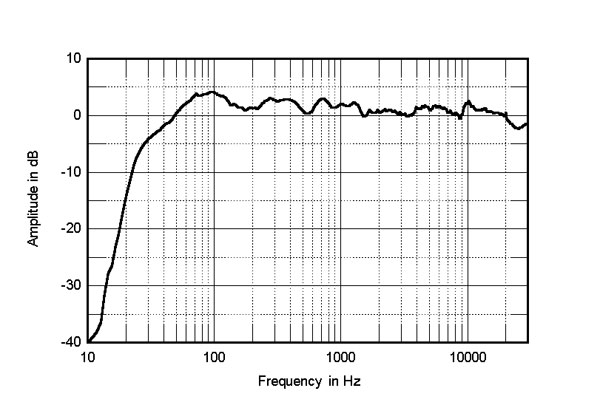Thank you for your comment. It’s appreciated.
Fig.3 Bang & Olufsen BeoLab 90, Narrow mode, 1/6-octave responses of left (blue) and right (red) speakers with DSP correction at listening position.
Sidebar 3: Measurements The BeoLab 90 is so massive that, rather than having it shipped to my home, I traveled to Kal Rubinson's place to take some measurements. I used SMUGSoftware's Fuzzmeasure 3 app running on my MacBook Pro, along with an Earthworks QTC-40 microphone and a FireWire-connected...

www.stereophile.com
Not only there is 15dB boost at low frequencies but also +/-5dB between 200-600Hz. Spatially averaged or not there is a huge level difference across the audible range that other speaker does not exhibit
As a comparison, here are a couple of your measurements. Neither has anywhere near as much deviation.
Fig.4 KEF Blade Two Meta, anechoic response on tweeter axis at 50", averaged across 30° horizontal window and corrected for microphone response, with the complex sum of the nearfield woofer and port responses (black trace below 300Hz).
Fig.4 Revel Performa F228Be, anechoic response on tweeter axis at 50", averaged across 30° horizontal window and corrected for microphone response, with complex sum of nearfield responses plotted below 300Hz.





